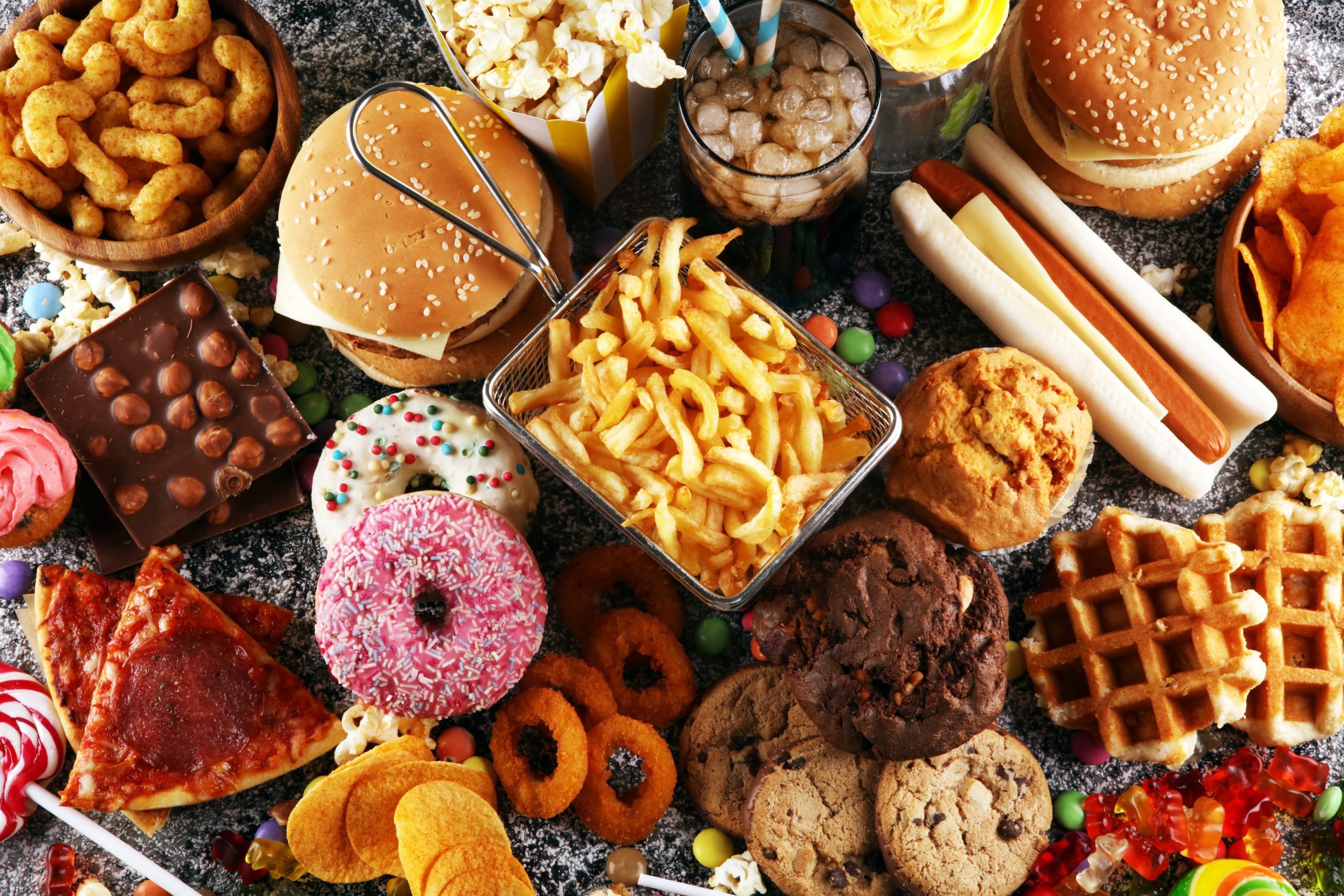STOP EATING CRAP
|

MY NUTRITION PHILOSOPHY
When it comes to planning and preparing healthy meals for my family, my philosophy is to not expect perfection of myself. I figure that I am doing well if my family eats dinner at home five days out of the week, if I feed my kids a nutritious breakfast in the morning and pack their lunch for school, and if we all take our cod liver oil, whole food multivitamin, and probiotic supplements on most days.
Because I am a self employed working mother of three very busy children, sometimes have to resort to using some OKAY or even CRAP ingredients (see below) to pull this off in the midst of everything else I have going on. Dozens of times in my life I have resolved to be perfect when it comes to food, but those efforts have always ended with discouragement and a refrigerator full of wilted organic vegetables that I never found time to prepare. This is not good for anyone’s morale and wearing oneself out with expectations of dietary perfection makes the siren song of the Bush’s Chicken drive through very loud when it’s 6:00 pm and you have no idea what’s for dinner. All this to say — don’t feel overwhelmed as you read over the lists below. I don’t adhere to these principles perfectly and don’t expect you to either.
FOOD CATEGORIES
Much of the information below is taken from Super Nutrition for Babies: The Right Way to Feed Your Baby for Optimal Health by Katherine Erlich, M.D. and Kelly Genzlinger, C.N.C., C.M.T.A. I cannot recommend this book highly enough. Though it focuses on the nutritional needs of babies and toddlers, many of the principles the authors advocate are applicable to older children and adults as well. Other recommended books include Nourishing Traditions: The Cookbook that Challenges Politically Correct Nutrition and the Diet Dictocrats and The Nourishing Traditions Book of Baby & Child Care by Sally Fallon.
CRAP foods
Chemical
Removes body’s nutrients
Addictive
Processed
Examples of CRAP foods include:
- Foods that contain white flour (crackers, pretzels, bagels, pasta, cereal, pastries, etc.)
- Foods that contain white sugar
- Refined salt
- Non-organic, low-fat or skim pasteurized dairy products
- Foods that contain additives, colorings, preservatives, MSG, GMO, and/or artificial sweeteners
- Vegetable oils: canola, corn, soy, margarine
- Fast food
- Most school lunches
- Juice and soda
- Most soy products (including soy formula)
The Standard American Diet (SAD) is composed almost entirely of CRAP foods. It is this widespread reliance on CRAP foods that is at the root of the explosion of serious chronic health problems among adults and children today. CRAP foods are inexpensive, readily available, and easy to store and prepare. CRAP foods contribute to the toxic burden that your body must carry and, rather than contributing nutrients, many CRAP foods actually deplete your body of vitamins and minerals and contribute to chronic disease. For most people it is not possible to avoid CRAP foods completely, but it should be your goal to avoid them as much as possible.
OKAY foods
Ordinary
Knockoffs of real food
Adequate but not optimal
Yield subpar health
Examples of OKAY foods include:
- All-natural and organic meat from grain-fed animals
- Unsoaked/unsprouted whole grains and legumes
- Grocery store eggs
- Non-organic fruit and vegetables
- Unsoaked/unsprouted nuts, seeds, and nutbutters
- Farm-raised fish and seafood
- Whole-foods sweeteners (raw honey, Rapadura)
- Fresh juices with vegetables and fruit
- Fermented, non-GMO soy foods (miso, natto, tempeh)
- Organic, pasteurized, full-fat dairy products
- Dried fruits
- Organic, nitrite-free lunch meats
Although they are not ideal, OKAY foods are far superior to CRAP foods. Most local grocery stores now carry OKAY alternatives to CRAP foods, making them convenient options if you plan ahead a little bit. OKAY foods can form part of a healthy diet, as long as you also include PURE and POWER foods.
PURE foods
Pasture based
Unadulterated
Rich in nutrients
Enzyme-containing
Examples of PURE foods include:
- Organic, local, seasonal fruit and vegetables
- Vat pasteurized, non-homogenized, organic, grassfed dairy products
- Grass-fed meat, poultry, and pork
- Sea vegetables
- Wild-caught fish and seafood
- Soaked or sprouted nuts and seeds
- Organic and free-range eggs from chickens fed an omega-3 enriched diet
- Sprouted or soaked whole grains and legumes
- Unrefined, cold-pressed olive oil and tropical fats (such as coconut and palm oil)
PURE foods contribute serious nutrition and can support cognitive, neurological, immune, and physical development in children and maintenance in adults. In a perfect world, your diet would consist only of PURE and POWER foods, but this is not a realistic goal for most busy families today. Try, however, to rely as much as possible on PURE foods in preparing meals and snacks for your family.
POWER foods
Protective
Optimal nutrition
Wisdom of the ancients
Enriching
Regenerating
- Raw, whole-fat, grass-fed dairy
- Organic, farm-fresh, pasture-raised eggs
- Liver and other organ meats from pastured, organically-raised animals
- Lactofermented drinks (kombucha and kefir)
- Probiotic-rich foods (raw dairy, yogurt, kefir, saurkraut, kimchi, and other lactofermented foods)
- Pature-raised animal fats such as raw butter and non-hydrogenated lard
- Oily, whole seafood (such as sardines)
- Mineral-rich bone-based soup stock
- Fish roe
- Bone marrow
- Celtic sea salt or Himalayan sea salt
- Cod liver oil and high-vitamin butter oil
POWER foods offer super-nutrition. They are digestible, immune-boosting, and extraordinarily nutrient-dense. As a result they can protect and even regenerate health. In his studies of indigenous people groups all over the world, Dr. Weston Price found that POWER foods were honored as sacred foods. Try to include as many POWER foods as possible in your diet and especially emphasize POWER foods during illness, recovery from surgery, during phases of rapid growth in children, and during pregnancy and lactation.
